Demand slump in 2nd wave fails to deter health & hygiene-focused essential categories
The second wave of the COVID-19 pandemic has started showing its effects on the Indian economy. Recently, the World Bank slashed India’s GDP growth forecast from 10.1 per cent to 8.3 per cent for FY 2022, stating that “India’s recovery is being hampered by the largest outbreak of any country since the beginning of the pandemic.”
India is already limping from a 7.3 per cent contraction in GDP in FY 2021. A big challenge that the country is facing in the midst of the pandemic is dwindling demand, a factor that could slow down our recovery for months to come after the second wave. There are several factors impacting the low consumer demand including restrictions on mobility, unemployment, weak consumer sentiments and restrictions on sale of non-essential (discretionary) goods. In April, demand for non-essential goods plummeted by 50% largely attributed to COVID-19 restrictions.
IMAGEXX Awards 2021 Last Date - Friday, June 18, 2021 - ENTER NOW
Maharashtra, one of the first states to go into Lockdown in the second wave of the pandemic, has announced a five-level plan to Unlock across various cities and districts based on the severity of the situation. Both online and offline retailers have complained that demand has been hit due to state specific Lockdowns and truncated store timings. These retailers have been forced to delay replenishment of inventory to avoid stockpiling.
Amit Shah, Joint President & Chief Marketing Office, Flexible Packaging Business, UFlex Ltd, said, “We had observed a double fold jump in packaging demand for staples, including rice, pulses, flour, oil, ready to eat packaged food, dairy and dairy products and more during COVID wave one. Similarly, there was a rise in hygiene products, such as sanitizers, floor cleaners and washing liquids as well. These were the items that are categorised as essential as well. However, in this second wave, there is no real surge in demand in essential category, primarily because there is no panic buying.”
He added, “We are not expecting any particular category to see a major surge; demand will remain almost similar across most categories this time and in the coming months. The fear that public had of shortfall of products is not being experienced in the second wave as most companies are able to optimise their supply chain quite well.”
“People have learnt from last year’s experience that there will be ample supply of goods needed to sustain livelihood and nothing will be out of stock, at any given point,” surmised Shah.
According to Market Research Company, Mintel, almost half of Indians are looking for flexible payment options for essentials in the next three months between May and July. “This indicates that consumers are looking to save money, and frugality would be most important. While people are concerned about infection, health and finances – spends on indulgences are still low on priority,” noted Nidhi Sinha, Head of Content, Mintel India.
Mintel research highlights that seven in 10 consumers have learned the importance of saving during the pandemic.
GAMEXX Awards 2021 Early Bird Discount Last Date - Monday, June 21, 2021 - ENTER NOW
Speaking on the impact on advertising strategy, Shah noted, “Brand owners conventionally delay new launches of products that fall within the ambit of discretionary spends. New product launches in essential categories can be better enabled via usage of digital media and optimal mix of traditional methods.”
Biscuits and confectionary manufacturer, Parle Products expanded their portfolio with the launch of Parle G Chakki Atta in a bid to capture the urban and rural markets. Senior Category Head at Parle Products, Mayank Shah noted, “The urban markets lead in the consumption of packaged atta, making it largely an urban phenomenon. But with the onset of the pandemic, the need for hygienically ground wheat flour and an assurance of trusted brand is driving consumers in the Tier 2 and Tier 3 cities to switch to Branded Atta.”
Speaking on the trend, Sinha said, “Throughout the pandemic, consumer focus on health and wellness has been a priority. This includes consumers looking to eating healthier foods, reducing nasties like sugar/ fat and also consuming foods that offer added benefits like probiotics and fibre. According to Mintel research, consumers continue to focus on healthcare, with 46% spending more on healthcare and with seven in 10 consumers believing that expenditure on healthcare will help people live a healthier lifestyle.”
“It is important for brands to focus on health and wellness and bring it to consumers in formats that are easy to take to such as added benefits in food and drink,” she concluded.




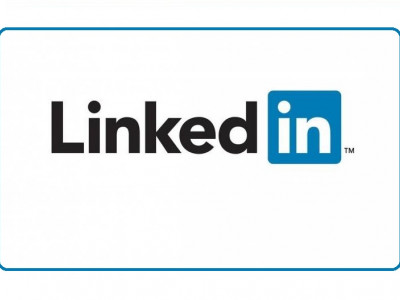


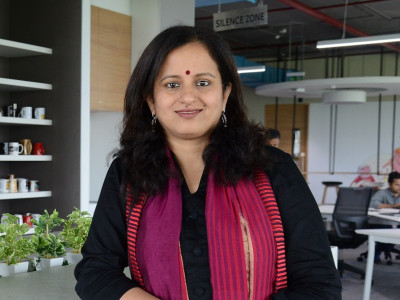
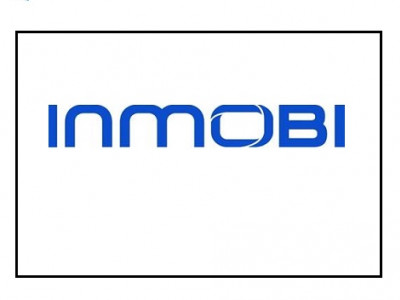
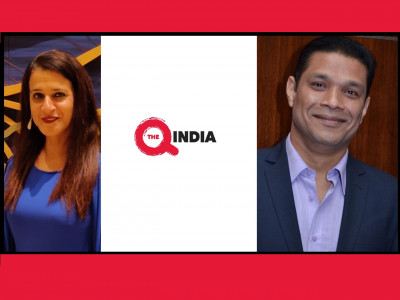


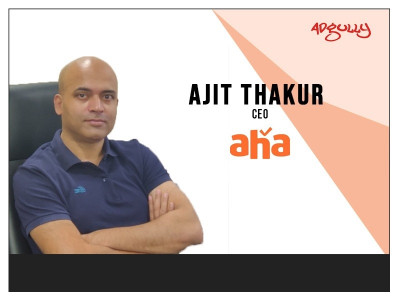

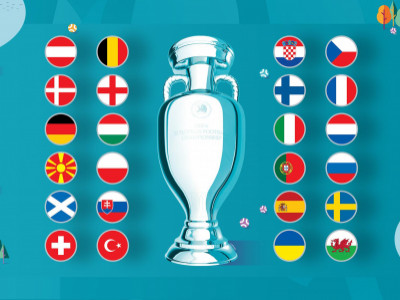

Share
Facebook
YouTube
Tweet
Twitter
LinkedIn